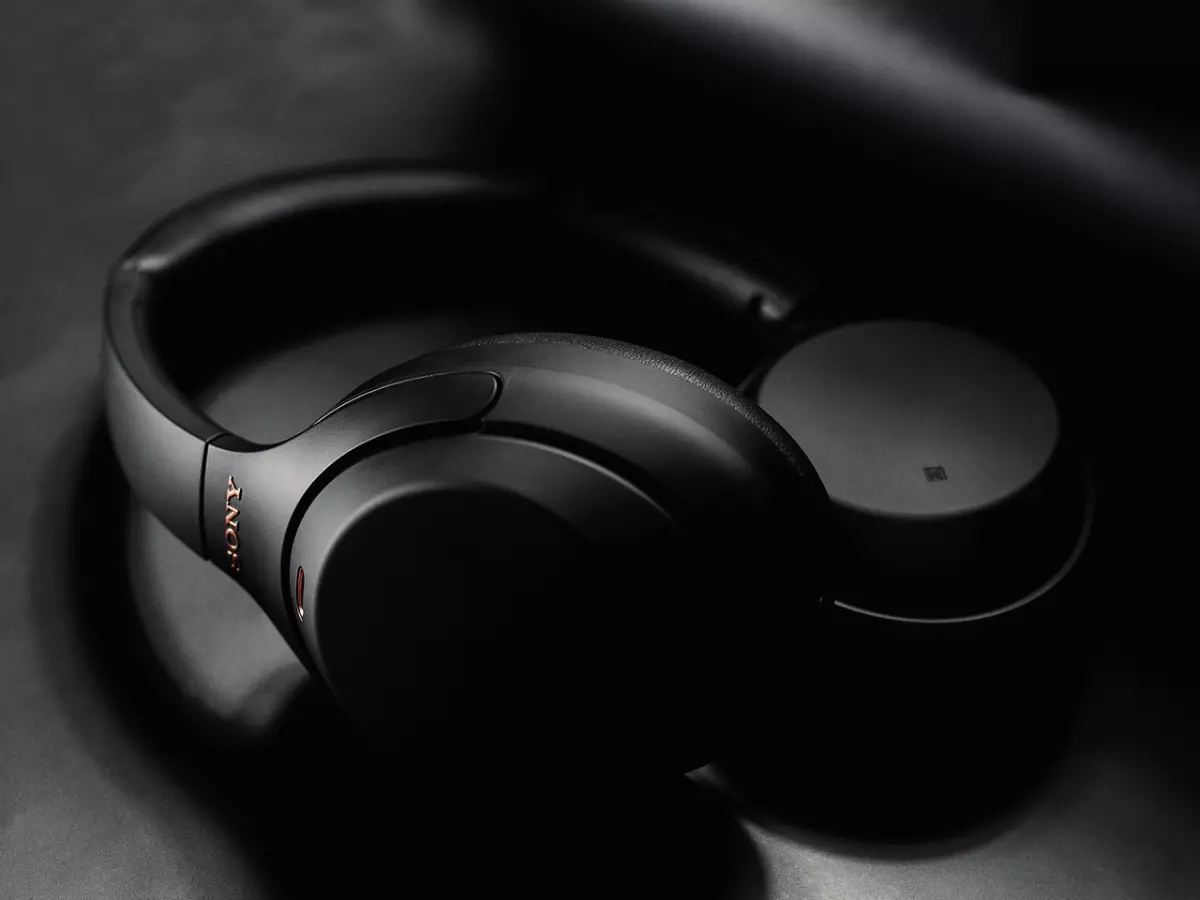Port Wars
Did you know that USB-C can transfer data at up to 40 Gbps, but Thunderbolt can do the same while also supporting external GPUs and 4K displays? Yeah, it's a lot to unpack.

By Sophia Rossi
In the world of consumer electronics, ports are like the unsung heroes of connectivity. But not all ports are created equal. Enter the two heavyweights: USB-C and Thunderbolt. Both are fast, versatile, and widely adopted, but they have some key differences that could make or break your gadget experience.
While USB-C is becoming the standard for everything from smartphones to laptops, Thunderbolt is often seen as the premium option, offering more features and faster speeds. But do you really need Thunderbolt, or is USB-C enough for most users? Let's dive into the specs, performance, and real-world applications of these two tech titans.
USB-C: The Everyman of Ports
USB-C is everywhere. It's on your phone, your tablet, your laptop, and even some gaming consoles. And for good reason: it's fast, reversible, and can handle a lot of different tasks. USB-C can transfer data, charge devices, and even output video to external displays. With data transfer speeds of up to 10 Gbps (USB 3.1), it's no slouch in the performance department.
But here's the catch: not all USB-C ports are created equal. Some devices support USB 3.1, while others might only support USB 2.0, which is significantly slower. And while USB-C can technically support video output, not all devices have the hardware to make that happen. So, while USB-C is versatile, it's not always the fastest or most feature-rich option.
Thunderbolt: The Premium Choice
Thunderbolt, on the other hand, is like USB-C on steroids. Developed by Intel, Thunderbolt uses the same physical connector as USB-C but offers much more in terms of performance and features. Thunderbolt 3 and 4 can transfer data at up to 40 Gbps, which is four times faster than USB 3.1. It also supports daisy-chaining multiple devices, meaning you can connect up to six peripherals to a single Thunderbolt port.
But that's not all. Thunderbolt can also handle external GPUs, making it a favorite among gamers and creative professionals who need extra graphical horsepower. And if you're into high-resolution displays, Thunderbolt can support up to two 4K displays or one 8K display, all while transferring data at lightning speeds.
Which One Do You Really Need?
So, which port should you go for? It really depends on what you need. If you're a casual user who just needs to charge your phone, transfer some files, and maybe connect to an external monitor, USB-C is probably more than enough. It's widely available, affordable, and gets the job done.
But if you're a power user—someone who needs to transfer large files quickly, connect multiple peripherals, or use an external GPU—Thunderbolt is the way to go. It's faster, more versatile, and offers features that USB-C simply can't match.
The Future of Ports
As technology continues to evolve, the line between USB-C and Thunderbolt may blur even further. USB4, for example, is based on Thunderbolt 3 technology and offers similar speeds and features. This could mean that in the near future, we won't have to choose between the two, as one port could do it all.
But for now, the choice between USB-C and Thunderbolt is still an important one, especially if you're investing in new gadgets. Make sure to check the specs of your devices and consider what you'll be using them for. After all, the right port can make a world of difference in your tech experience.
As tech expert Linus Sebastian once said, "The best port is the one that does everything you need it to do, without compromise."





